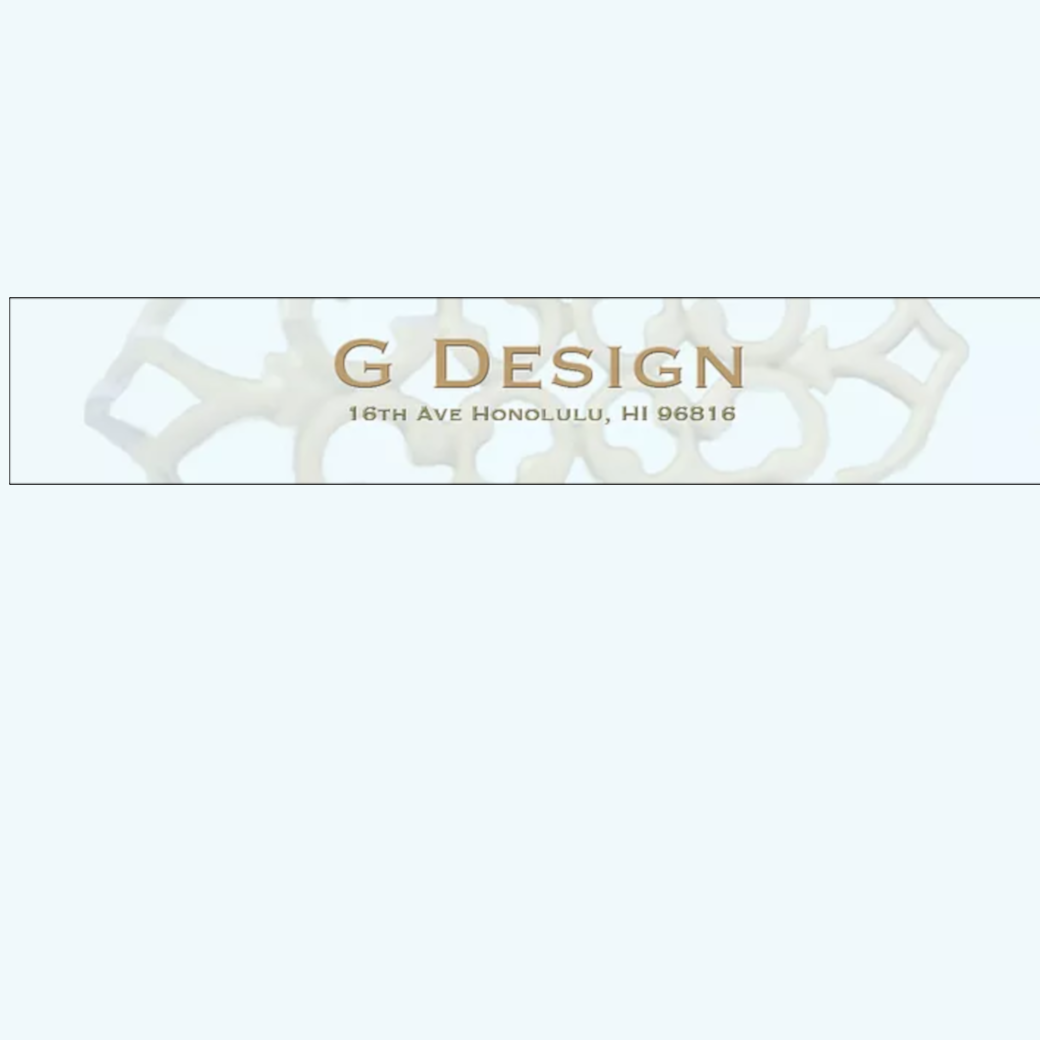- Subscribe
- Digital Edition
-
Beverage Guide
- Flavor and Cocktail Construction >
- Production Fundamentals >
- Non-Alcoholic Beverages >
-
Beer
>
- Cider >
- Sake
-
Spirits
>
-
Wine
>
- Kamaʻāina Wine Makers >
-
Winemaking
>
- A Guide to: High Sugar Residual Wines
- A Guide to: Post Fermentation Flavor Adjustments
- A Guide to: Post Fermentation Process: Stabilization
- A Guide to: Wine Prefermentation Practices
- A Guide to: Wine Microbes
- A Guide to: Wine Alcoholic Fermentation Physical Environment
- A Guide to: Wine Fermentation Chemical Environment
- A Guide to: Wine Bottling
- A Guide to: Wine Faults
- A Guide to: Wine Polyphenols
- A Guide to: Wine Aroma Compounds: Pt 1
- A Guide to: Wine Aroma Compounds: Pt 2
- A Guide to Viticulture
- Red and White Grape Aroma Compounds
- Wine Styles >
- Business Strategy
- News and Events
- About
- Production Fundamentals
- Flower Aroma Compounds
- Flavor Pairing and Recipe Development
1. Choose concept/location “Location, Location, Location”. It can take years to find the right spot for your concept, and it must have many things to make it work. Is it accessible? Does it have enough parking? Is there foot traffic? Is the market local or dependent on tourism? How high is the rent? Will rent be affordable in slow months? Will a market fade away or, as it has in Kaka‘ako, will it grow? 2. Conceptual design/overall desired feel and function of place Once the location is chosen, a concept must be selected as well. My advice: Follow your passion. As an owner, if you love what you are doing, it will come through in your product, your service, and your employees, and will be apparent to your guests. 3. Space planning-form & function Designers call looking at the space and figuring out layout, “space planning”. During this process, the designer ideally provides solutions for the situations the space will encounter. For a bar or restaurant designer, these situations include:
4. Electric/plumbing Electrical layout includes identifying the locations for lighting switches and electrical outlets, and for integrated displays like televisions, a computer system, or sound system. Planning wiring for cable and internet should also be done. Plumbing solutions for draining issues and water access must also be determined. After finalizing the desired locations, verifying the feasibility of the layout with both the electrician and plumber is essential to remaining on budget. 5. Finalize floor plan 6. Furniture and equipment order Finalizing the floor plan and confirming permits means everything has been researched, placed in its forever home on the plans, and that all City Building Permits are in order. At this time, order furniture and equipment. Here in Hawaii, there may a ten week lead time. Lead time is the time it takes to actually receive an order of equipment or furniture. It’s a good idea to anticipate that things will be late. 7. Construction Then comes the real stress: Construction. This is when things don’t go according to plan, because it’s realized another wall is required to meet building code or the electrical is messed up and has to be redone. Here is where one SHOULD NOT cut corners. Find and pay for a quality, trusted contractor, as it is worth it to pay for work that lasts instead of having to unnecessarily rip things up and replace them after a short time due to poor quality. 8. Ordering & training A regular designer may not consider ordering and training a part of bar design, but from my experience, this often overlooked aspect has long term effects on an opening. This includes the impact of the public's first opinion of your establishment but also has financial implications. Scheduling an extra week or two can be frustrating, but stretching employees, issues setting-up equipment, and training on the fly does not setting yourself up for success. Whether it be furniture, equipment, or point of sale, something always arrives late and something wont work when you need it to. Planned time for a friends and family night, employee tastings, and practice runs can give you an extra few minutes to catch your breath and fix mishaps in what might be the craziest, most fast moving time of one's life!
0 Comments
Leave a Reply. |
Gabrielle
|
MENU
|
HOME
|
SUBSCRIBE |
DIGITAL
|
BEVERAGE
|
NEws and
|
ABOUT |
CONTACT |
©2022 Hawaii Beverage Guide
Terms & Conditions
Terms & Conditions
- Subscribe
- Digital Edition
-
Beverage Guide
- Flavor and Cocktail Construction >
- Production Fundamentals >
- Non-Alcoholic Beverages >
-
Beer
>
- Cider >
- Sake
-
Spirits
>
-
Wine
>
- Kamaʻāina Wine Makers >
-
Winemaking
>
- A Guide to: High Sugar Residual Wines
- A Guide to: Post Fermentation Flavor Adjustments
- A Guide to: Post Fermentation Process: Stabilization
- A Guide to: Wine Prefermentation Practices
- A Guide to: Wine Microbes
- A Guide to: Wine Alcoholic Fermentation Physical Environment
- A Guide to: Wine Fermentation Chemical Environment
- A Guide to: Wine Bottling
- A Guide to: Wine Faults
- A Guide to: Wine Polyphenols
- A Guide to: Wine Aroma Compounds: Pt 1
- A Guide to: Wine Aroma Compounds: Pt 2
- A Guide to Viticulture
- Red and White Grape Aroma Compounds
- Wine Styles >
- Business Strategy
- News and Events
- About
- Production Fundamentals
- Flower Aroma Compounds
- Flavor Pairing and Recipe Development


 RSS Feed
RSS Feed